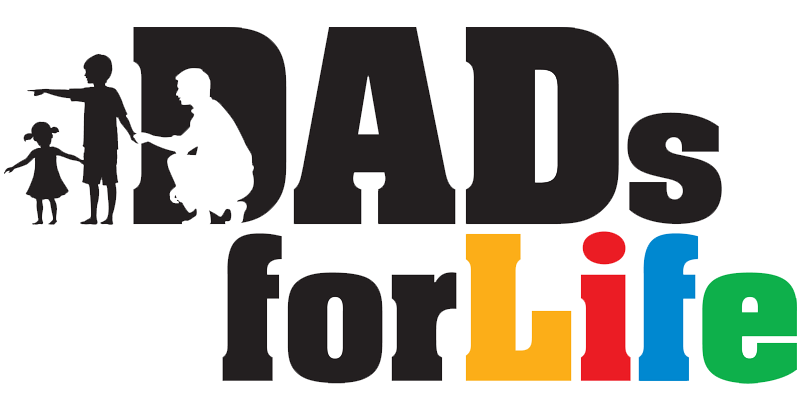 Freeing Your Child from Anxiety [1] and Freeing Your Child from Negative Thinking [2], published in 2004 and 2008 respectively, are two of the three books in Tamar Chansky’s Freeing Your Child series.
Freeing Your Child from Anxiety [1] and Freeing Your Child from Negative Thinking [2], published in 2004 and 2008 respectively, are two of the three books in Tamar Chansky’s Freeing Your Child series.
Tamar Chansky, Ph.D. is the founder and director of the Children’s Center for OCD (Obsessive Compulsive Disorder) and Anxiety. An expert in the prevention and treatment of fears, anxieties, depression and OCD in children, her material has been carried on various U.S. national media platforms and she has two educational websites: WorryWiseKids.org and Freeing Your Child.Com.
The key premise of Dr Chansky’s books is that teaching your children the small steps of managing fears and negative thoughts is one of the greatest gifts a parent can give.
Empirically Backed & Clearly Conveyed
Drawing from updated research on psychology and cognitive-behavioural strategies, and backed by her own experiences, Dr Chansky traces the causes of these psychological problems, and proposes ways to diagnose and resolve them.
She discusses and refutes common misconceptions such as how parents have little influence on their kids in comparison to peer influence and biological makeup. She states categorically that –
Over the years I have seen just how… influential parents can be inchanging the course of their child’s life once they have a road map through the twists and turns of their child’s negative mind. (P12, Negative Thinking)
Another noteworthy common belief that has not been supported by research is that venting is a healthy way to manage anger or frustration.
 If a child is overstimulated with anger and then goes at a punching bag for five minutes, he may be increasing the problem… Mediated or guided ventilation is an alternative to this free-form venting and does seem to help, for instance, using boss- back talk: “Here’s Mr Meany. He is really making you mad. What do you want to say to him?” (p91-2, Negative Thinking)
If a child is overstimulated with anger and then goes at a punching bag for five minutes, he may be increasing the problem… Mediated or guided ventilation is an alternative to this free-form venting and does seem to help, for instance, using boss- back talk: “Here’s Mr Meany. He is really making you mad. What do you want to say to him?” (p91-2, Negative Thinking)
Dr Chansky helps parents communicate more effectively with younger children by using memorable illustrations such as Mr Meany, Mrs Watch-It, brain trains, negative thinking holes and the possibility panel. In addition, she offers practical steps, writing in a lucid and simple manner, elaborating with real-life stories and clear diagrams.
Steps to Resolution
Dr Chansky provides some essential, easy-to-follow steps, firstly, to empathise with what your child is feeling so as to open up possibilities. To understand the need to empathise, Dr Chansky cites Dr Myrna Shure, author of Raising a Thinking Child [3], who –
… advocates that we let go of what we think might be the “right” answer or “our” answer (especially since our version of the question may not even be the same as the one our children are concerned about) and instead listen to our children’s version of “what happened”… The intervention isn’t to change the story; it is to ask at key points questions that open up options so that the child rewrites the ending herself… (P82, Negative Thinking)
Second, relabel the problem, as ‘worry brain’, for example.
Third, rewire and resist by challenging the default automatic thought, and come up with realistic second responses that can be practised by guided exposure to the triggers.
Fourth, the body should be mobilized in the fight by turning off the physiological alarms through deep breathing for example; and distraction can be used during the recovery period.
Lastly, keep encouraging and reinforcing your child’s efforts at fighting.
When kids are asked to explain how they got over a past fear, they almost always say that they just “got used to it” (GUTI). In cognitive-behaviour therapy terms, this translates as graduated exposure and systematic desensitization… Anxious kids should neither be kept away from new input nor be inundated, but encouraged to keep on trying things that their nature would have them avoid altogether. (P58, Anxiety)
Dr Chansky adapts these steps for different disorders or challenges, such as Generalized Anxiety Disorder, Phobias, Social Anxiety, Separation Anxiety, so this could make the chapters seem somewhat repetitive. On the other hand, this ordering renders the chapters more stand-alone and readers can zoom in on any specific condition of interest.
While the research data is largely US-centric, the recommendations in the book are still generally applicable to Singapore as the conditions are universal. Eloquently stated by a Sloan Wilson, cited by Dr Chansky:
The hardest part of raising a child is teaching them to ride bicycles. A shaky child on a bicycle for the first time needs both support and freedom. The realization that this is what the child will always need can hit hard. (P217, Negative Thinking)
On the whole, Dr Chansky’s books are authoritative and accessible; and helpful to parents with children who are anxious, fearful or depressed. In fact, her titles could even help to empower parents along their journey.
References
1 Tamar Chansky (2004), Freeing Your Child from Anxiety. Broadway Books, Random House, New York, USA.
2 Tamar Chansky (2008), Freeing Your Child from Negative Thinking. Da Capo Press, Perseus Books Group, Philadelphia, USA.
3 Myrna Shure (1994), Raising a Thinking Child: Help Your Young Child to Resolve Everyday Conflicts and Get Along with Others. New York: Pocket Books.
About the Author: The Dads for Life Resource Team comprises local content writers and experts, including psychologists, counsellors, educators and social service professionals, dedicated to developing useful resources for dads.
First published on 23-01-2012.
